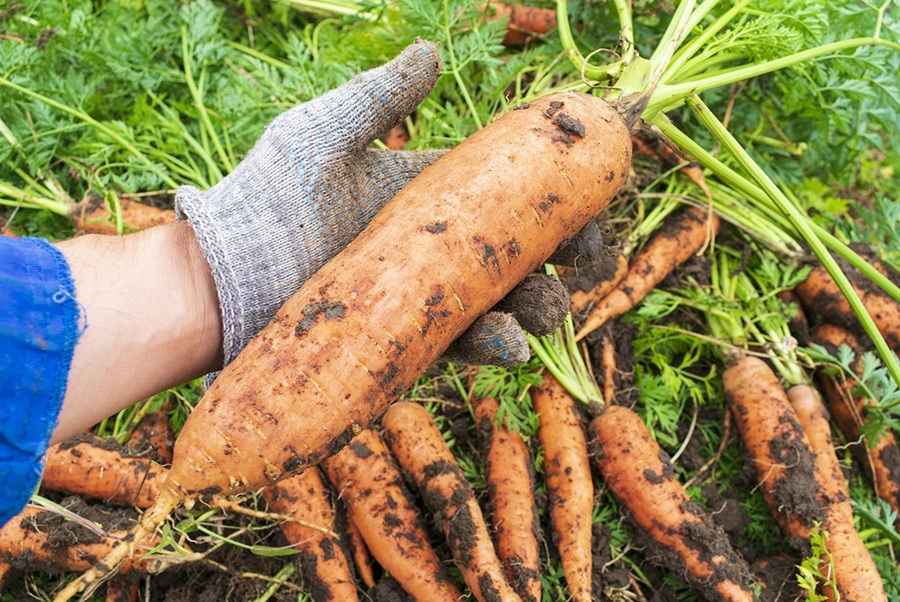Written by Alex Dook, originally published by Particle.
Scientists like Dr Brendan O’Leary from the ARC Centre of Excellence in Plant Energy Biology at UWA are working to boost the size of produce so we get the best bang for our buck in agriculture.
“My research aims to help plants become more energy efficient so they can better use the energy they get from the Sun to grow more food for our ever-increasing population,” says Brendan.
Key to Brendan’s work is discovering how plant cells decide how to make use of energy they receive in the form of nutrients. Humans do the same thing but in a different way. When we eat a big meal, our cells need to decide what to do with the nutrients they receive. They will probably store some of these nutrients when they don’t immediately need them for energy.
The chemical that is responsible for orchestrating nutritional signalling is called target of rapamycin – aka TOR.
I WANT TO TALK TO THE MANAGER
“Imagine TOR as the manager of each cell in charge of nutrition,” says Brendan. “It’s coordinating the growth effort. If you were to go inside a cell and say, ‘Who makes the decisions about nutrient use around here? I want to talk to the boss,’ you’d talk to TOR.”
“TOR isn’t the one detecting the actual nutrient levels. TOR receives these signals from some proteins and then directs other proteins to carry out cellular tasks.”
Despite the huge differences between plants and animals, TOR exists in the cells of both. But while cell signalling and growth surrounding amino acid nutrition is very well studied in animals, it’s a different story with plants. This is because they lack the proteins that are known to sense amino acids levels in animals.
“It was very surprising that there was any connection at all between how nutrition works with plants and animals because they get their energy from such different sources,” says Brendan.
“Plants use photosynthesis and take up nutrients from the soil, whereas animals eat other organisms for energy.”
OLD HABITS
The presence of TOR in both plants and animals suggests TOR has been managing cell nutrient signalling since the first multicellular organisms.
This makes sense when you consider that optimising the management of available nutritional resources is probably one of evolution’s finest achievements. After all, some organisms fly, others live underwater, but being able to grow and manage nutrition is always important.
“You can imagine the evolutionary pressure on an organism to use its nutrients to the best of its ability. To get that strategy right gives you a huge advantage over an organism that doesn’t.”
An understanding of how plants manage energy and nutrition is vital when trying to maximise crop yields.
“We want crops to allocate as much of their energy as possible to growing food for us.”
“By understanding how plants use nutrients and energy, we can influence them to grow in certain ways that would be risky in the wild. In the wild, it’s risky to put a lot of energy into growing seeds or fruit. But that’s what we want them to do.”
GETTING HUGE
Brendan sees a similarity between improving crop yield and bodybuilding.
“After working out, athletes are very particular about their protein and amino acid intake. That’s because they want to have enough amino acids in their body to build muscle. With enough amino acids present, their cells make the decision to build more muscle.”
So these strategies for maximising crop yields are not dissimilar to farmers acting as personal trainers for their crops, favouring nutrient and energy consumption for a particular kind of growth.
In the face of a changing climate, declining resources and a booming population, this research will prove vital for securing a sustainable and energy-efficient food source in the future.

